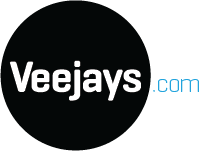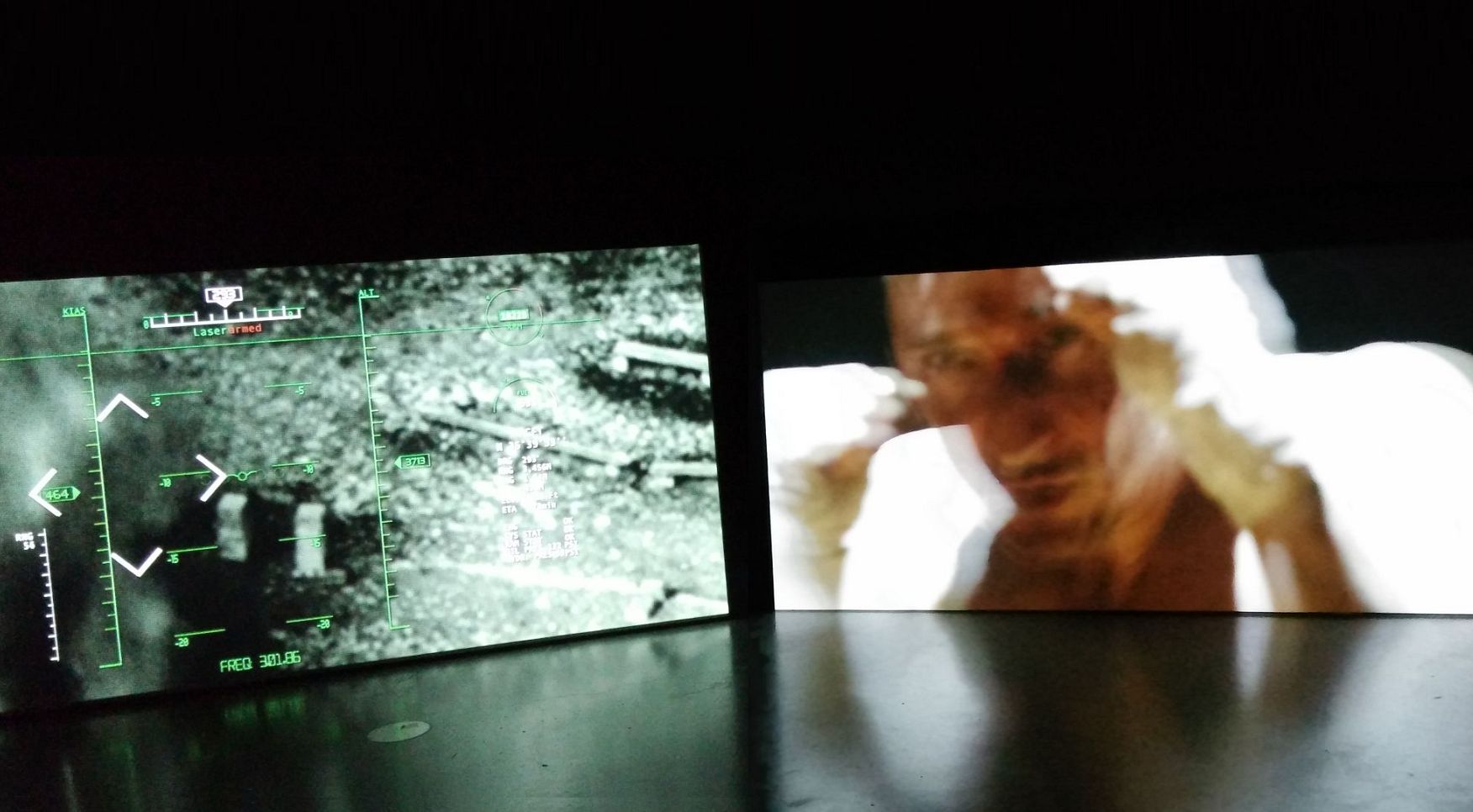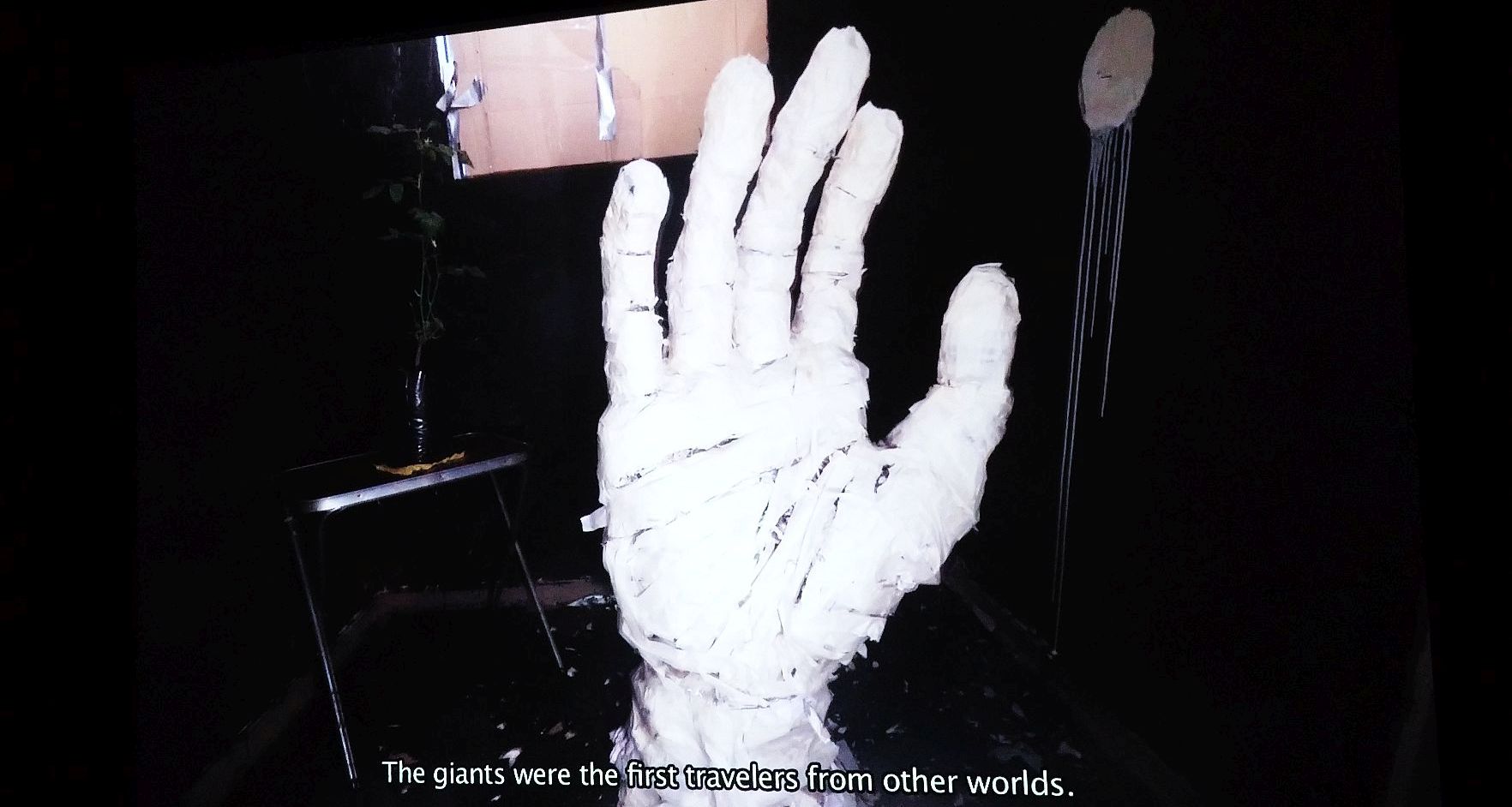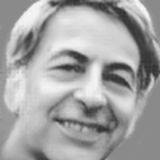Shakespeare once said, “All the world is a stage.” We couldn’t agree more! Recently, our friends at Vision Impossible created a full-length projection show that incorporated not just the stage, but also involved the audience members’ smartphones and even their dinner tables. VJ Berry van Dijk told us all about what it took to make that happen.
For those who don’t know you, Berry; what is Vision Impossible and what is your part in it?
We’re a 3D video content company specializing in event visuals and stage designs. Some of the things we did in the past include club Mazzo and Sensation. More recently, we’ve worked events like Vrienden van Amstel and Masters of Hardcore. I am one of three co-owners; my partners are Martijn Adema and Ruben Langedijk. As such, I’m responsible for art direction, creative direction, and computer graphics like 3D modelling and compositing. We always come up with pretty crazy stuff, and I love making the impossible possible—even when working with a limited budget. It’s all about using the right techniques!
Would you consider this show ‘crazy’ as well? How did you come up with it?
This was a project we did for an international footwear retailer. Once a year, they have a staff week that includes an award dinner for their entire team. It’s a real feel good event, with lots of winners in different categories: best salesperson, best team, et cetera. Every year, the CEO challenges us to come up with a spectacular show. This year, they had decided to host both the dinner and the award show in the same space. That’s how producer Erik Arens (Mindsetting) came up with the idea to somehow involve the dinner tables, kind of like what SkullMapping did with Le Petit Chef. Only this time, it would be 40 tables of 12 people each. And then of course there was the actual ceremony itself, and all the on-stage visual stunts that involved… Erik is one of our regular partners, and he asked us to help him flesh it out some more.
Can you tell us what kind of visuals the guests experienced at the event?
The silverware and plates at each table were meticulously outlined in a festive halo, kind of like using ambilight. Then, as dinner was being served, the guests all got a private show right on their plate. For each course, the wait staff knew exactly where to place everything. As a result, the soup plate became an island, the soup turned into lava as it was being poured… Perfectly timed—and extensively choreographed—for every plate.
How did you manage to keep things from becoming predictable as the evening wore on?
Met René te Riele and I created a truly over-the-top opening act that had people oohing and aahing. And of course, everyone there was hoping to receive an award. We used projections to turn the dinner tables into “Wheel of Fortune”-like quiz stages, and people could use a custom-made app on their phones to answer multiple choice questions. Meanwhile, the management was up on stage in front of a full-on prize display projection, whipping the room into a frenzy. We’d also used their image in the table animations, turning the entire room into a very lively augmented reality space. Top it off with some branding and good food, and the whole room came together as one.
What were the technical ramifications of the project?
The technique we used is called “projection mapping”. It means creating an optical illusion through meticulously calculating the shape and size of the table and other objects involved. In order to do that, we had 40 projectors suspended from ceiling trusses (metal frameworks used in stage design). And that wasn’t even including the projectors we needed for the stage! We’d never used that many projectors at the same time before. The projectors were connected to several media servers; basically, heavy-duty computers. Each table was color-coded so we could tell them apart, control them separately, and ensure proper timing. And then, of course, every table was itself split up into 12 different segments. All in all, we couldn’t exactly sit back and relax… Projects like these hinge on technology, and getting it just right is a tall order. But I love it when the audience has absolutely no idea of what’s going on behind the scenes, and people can just drink in the magic of the moment.
Thanks for giving us a taste of what it’s like at Vision Impossible!
Please tell me you’ll edit out the bad puns, though!
This production involved the following parties:
- Customer: Mindsetting
- Equipment: ACS
- Creation: Vision Impossible
- Location: NBC Congrescentrum
- Catering, custom quiz app and other services provided by third parties.
- A previous Vision Impossible mapping show at NBC, involving Dutch concert pianist Wibi Soerjadi








